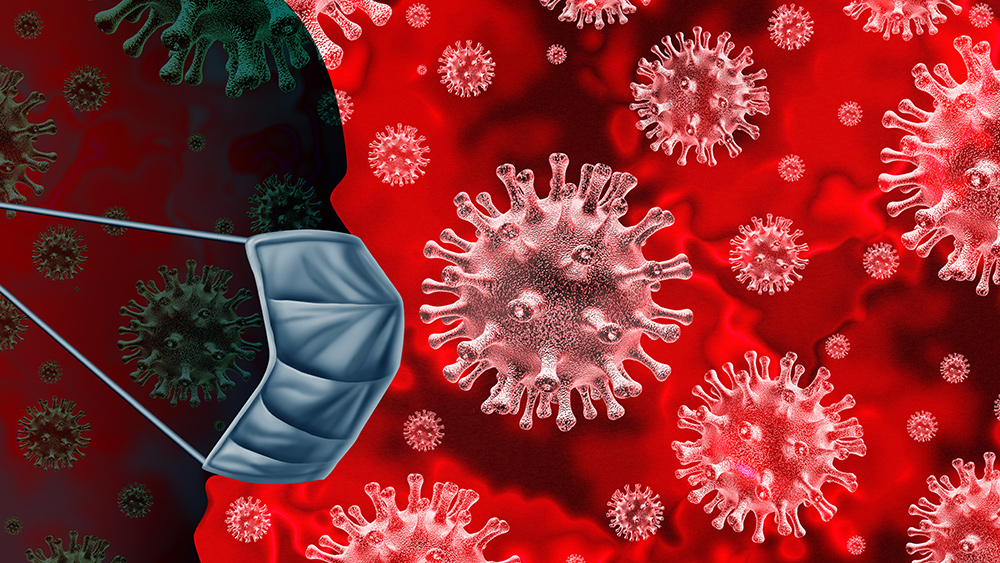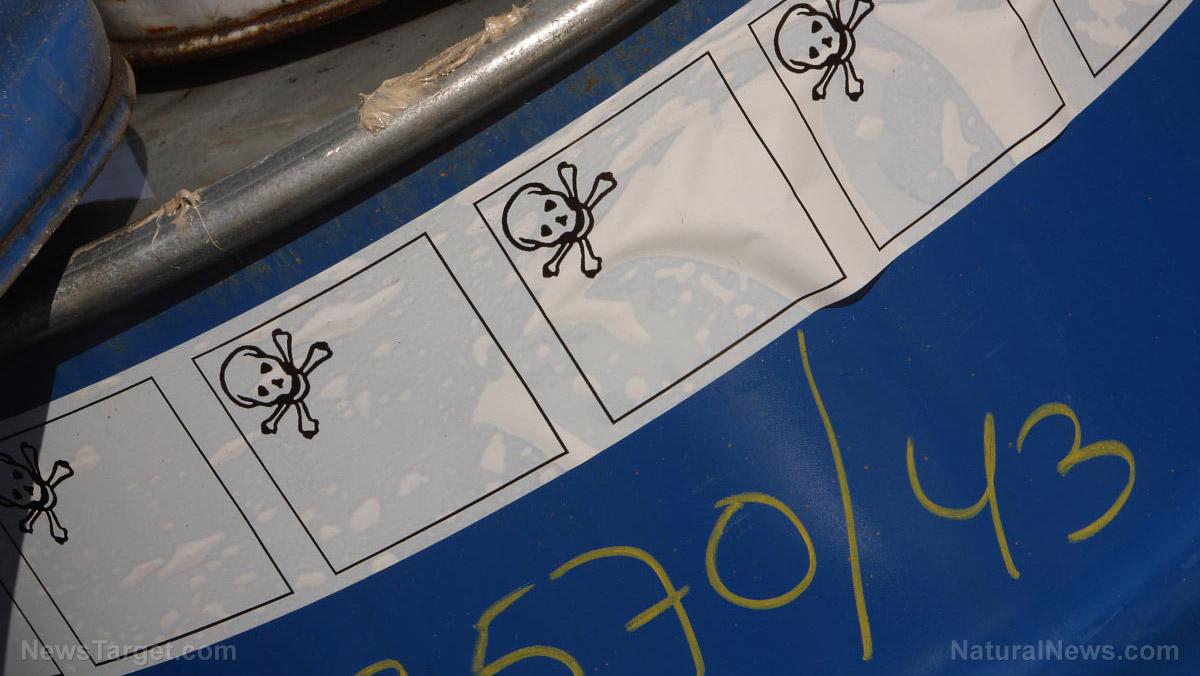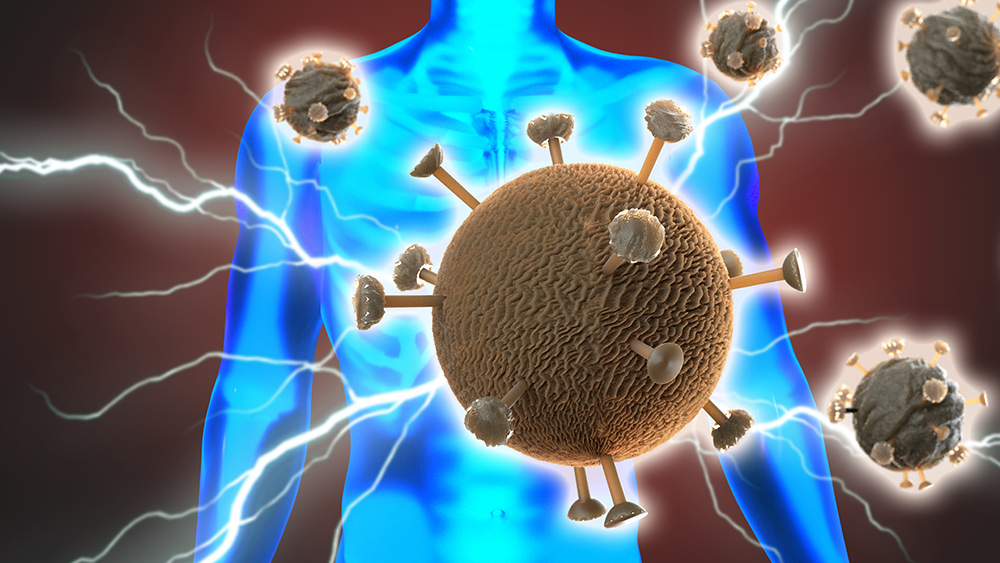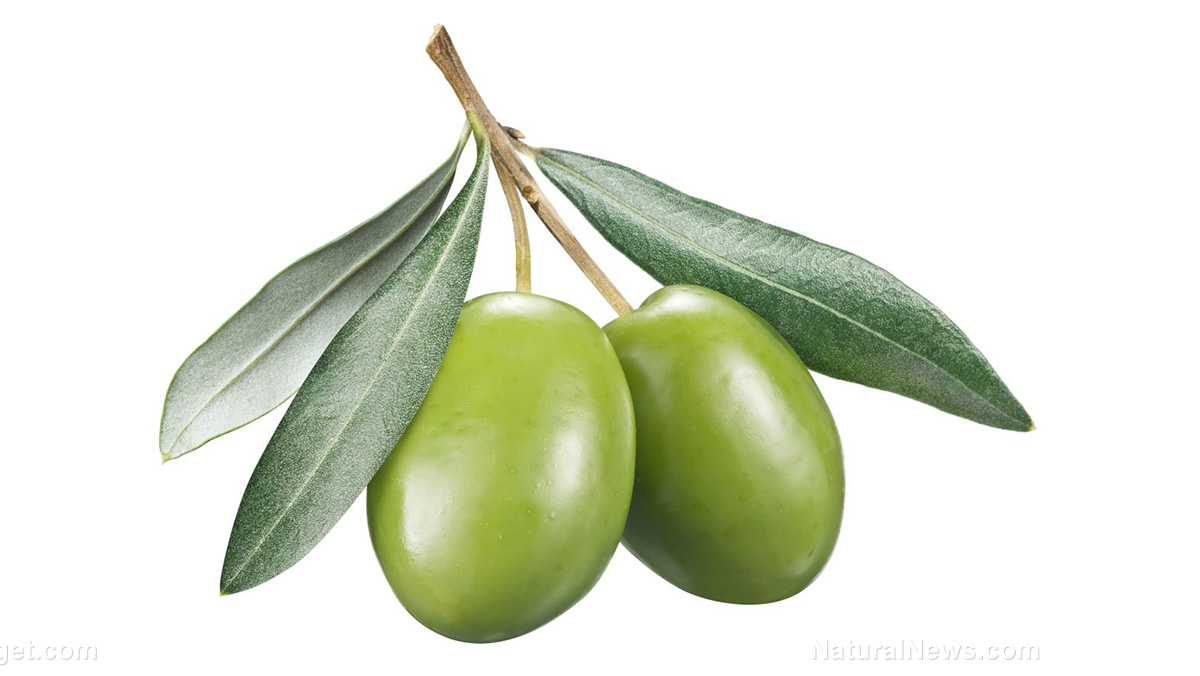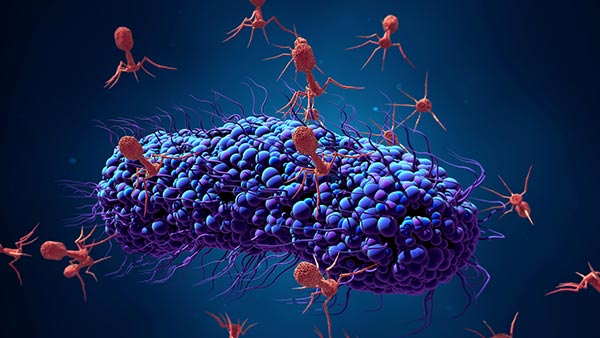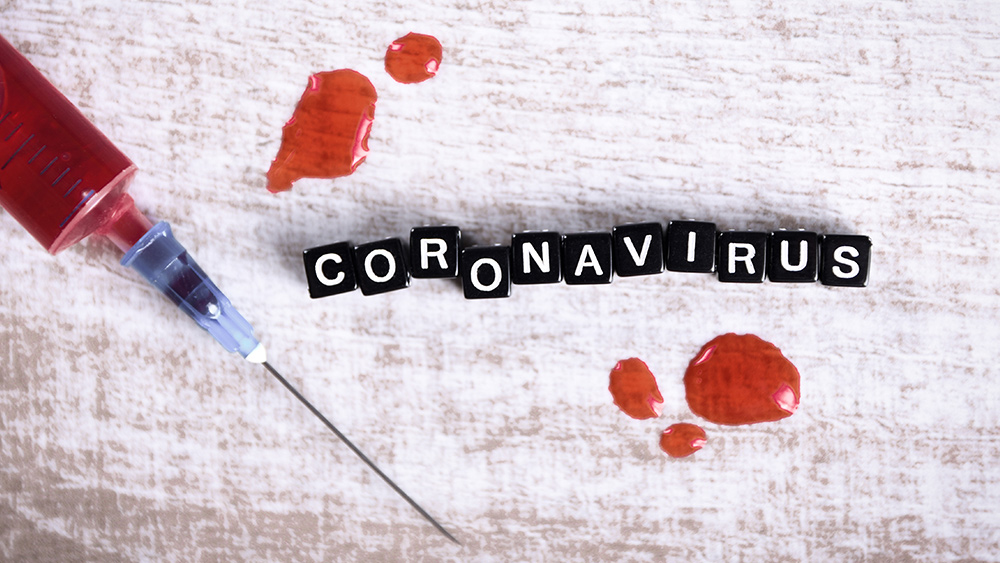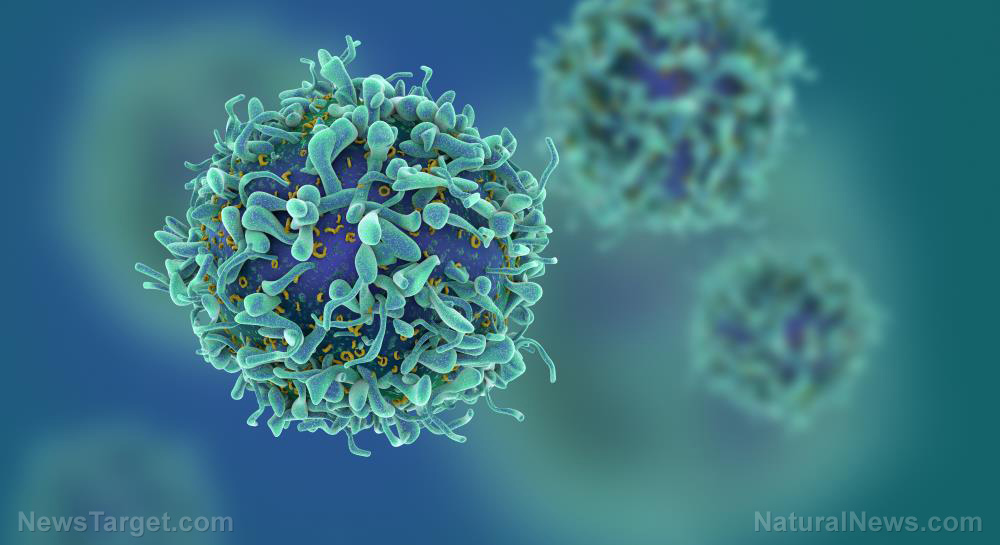No pain, no gain: Research suggests naked mole rat gene holds the secret to pain tolerance
02/04/2020 / By Michael Alexander
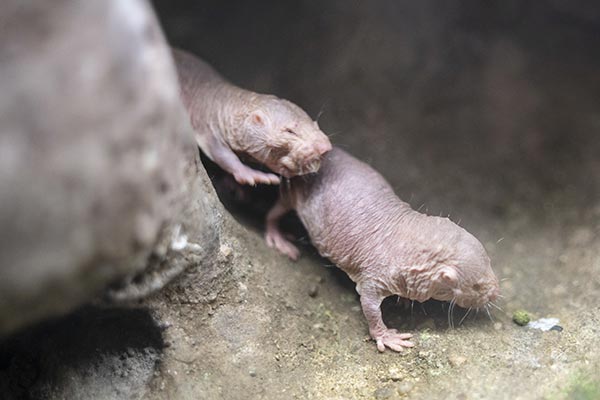
Perhaps due to its lackluster appearance – wrinkly, with a body reminiscent of a pale, leathery sausage – the naked mole rat is the last animal you’d think to possess abilities akin to superpowers. But they do.
Known for its long lifespan, relative immunity to most cancers, ability to survive more than 18 minutes without oxygen and striking imperviousness to certain types of pain, the naked mole rat (Heterocephalus glaber) is the closest thing we have to a super-powered animal – and now, an international team of researchers may have finally unlocked the key behind this cocktail of “superpowers.”
Mole rat gene responsible for the animal’s high pain tolerance
According to a study published in the journal Science, the mole rats’ interesting bevy of abilities is due to a unique interaction between their genes and their environment.
For instance, naked mole rats live in underground burrows so densely packed with animals, that the concentration of exhaled carbon dioxide within the tunnels often reaches levels wherein the air itself turns acidic. Normally, according to scientists, this would cause painful, burning sensations in the nose, eyes and exposed skin of most mammals. Except for naked mole rats.
The recent study, conducted by a team of researchers from institutions in Germany, South Africa, Tanzania and the US, also revealed that three other mole rat species exhibited imperviousness to different painful substances, including capsaicin, the substance that gives chili peppers their heat, and allyl isothiocyanate (AITC), the chemical compound that gives mustard and wasabi their distinct pungent kick.
The researchers, led by Karlien Debus and Ole Eigenbrod from the Max Delbru?ck Center for Molecular Medicine in Germany, arrived at the conclusion after testing how nine closely related rodent species reacted to three pain-inducing substances that they were likely to encounter in their habitats: diluted hydrochloric acid, which acted as an analogue for ant venom, and capsaicin and AITC, which are commonly found in mole rat foods.
Debus described the three substances as being all-natural and with no long-term toxic properties, adding that the experiments were approved by ethical commissions in Germany, South Africa and Chicago.
The researchers injected small amounts of the mentioned substances into the paws of the animals as part of their behavioral assessment of pain. According to the researchers, the rodents displayed discomfort to a compound by licking or lifting their paws, while those that were impervious to the pain conducted themselves normally by walking around and showing normal digging and related exploratory behaviors.
Based on their findings, three mole rat species – the cape mole rat (Georychus capensis), the naked mole rat and the East African root rat (Tachyoryctes splendens) – were seen as unresponsive to hydrochloric acid, while two species, the Natal mole rat (Cryptomys natalensis) and the naked mole rat, showed imperviousness to capsaicin. Of all the animals tested however, only the highveld mole rat (Cryptomys hottentotus pretoriae) showed insensitivity to AITC.
According to the researchers, the highveld mole rat’s adaptation is a direct response to its cohabitation with Natal droptail ants, which produce a strong, stinging liquid for self-defense.
“The case of the highveld mole-rat sharing its burrows with ants producing a normally painful substance is a wonderful example of how environment shapes evolution over the long term,” Debus said in the Gizmodo piece.
As detailed in the study, genetic sequencing allowed the team to accurately pinpoint the genes and molecular pathways responsible for the mole rats’ “superpowers.”
According to molecular physiologist Gary Lewin, the highveld rats possess a previously unknown mechanism for suppressing pain: NALCN, a single gene for ion channels that, when highly active, prevents pain-sensing neurons from firing. Dubbed “leak channels,” these ion channels make the nerves unable to deliver pain signals to the brain.
“Instead of delivering the signal from the receptor to the brain, the leak channels divert the signal,” Thomas Park, a professor of biological sciences at the University of Illinois and study co-author, said.
The researchers tested this by injecting highveld mole rats with a drug that blocks NALCN. This resulted in the animals becoming sensitive to AITC. As the drug wore off, the researchers noted the animals’ resistance to AITC returning.
According to the researchers, this discovery can potentially open up a whole new class of pain relievers without addictive properties, especially since humans also possess the same NALCN gene.
“Our findings could lead to a drug-discovery program to try and make molecules that increase the function of this channel,” Lewin said.
Sources include:
Tagged Under: animals, discovery, genes, mole rats, naked mole rat, NALCN gene, pain relief, pain tolerance, research, rodents, wildlife




